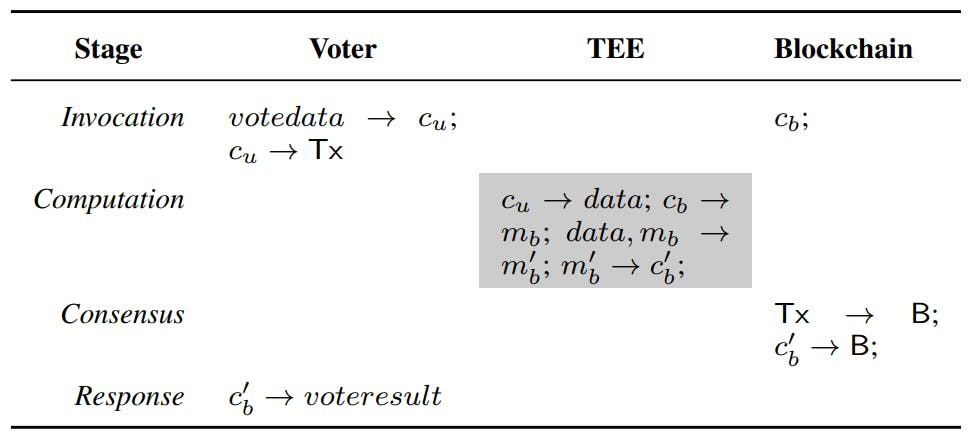For those on very long server upgrade cycles, typically just running the hardware until failure or consider buying second-hand servers that are generations old for lower up-front cost, today’s unique article is for you with quantifying a first-generation EPYC server compared to today’s entry-level EPYC processors in performance and power efficiency. With the fascinating AMD EPYC 4005 “Grado” budget-friendly server processors I was curious how well they would stack up against AMD’s original flagship EPYC processor, the AMD EPYC 7601 “Naples” processor from the Zen 1 era. Can an entry-level brand new Grado server processor with dual channel DDR5 memory outpace an original EPYC server with twice the core/thread counts and eight channel DDR4 server memory? Yes, with huge gains in performance and power efficiency.
The recently-launched AMD EPYC 4005 “Grado” series have been quite fun to benchmark. These Zen 5 processors designed for affordable/entry-level servers, small businesses, bare metal hosting platforms, and other budget-minded server deployments are quite capable for being in the low-end EPYC space. With DDR5-5600 ECC memory support, full AVX-512 support with 512-bit data path, and other advantages, they very easily outperform the Intel Xeon 6300 / Xeon-E competition in performance, energy efficiency, and value. But for those on long server upgrade cycles and really trying to maximize the total cost of ownership, they can offer significant performance and power efficiency advantages in moving from generations-old, larger servers.
Curiosity got the best of me with the AMD EPYC 4005 series benchmarking that I wanted to see how the EPYC 4585PX flagship would stack up against the original AMD EPYC flagship from the Naples / Zen 1 days. The AMD EPYC 7601 launched eight years ago (June 2017) with 32 cores / 64 threads, a 2.2GHz base clock, 2.7GHz boost clock, 64MB L3 cache, eight channel DDR4-2666 memory support, and 180 Watt TDP. This original EPYC processor was available for around $4,200 USD back in 2017 while new in 2025 can go for ~$869 USD.
With the new AMD EPYC 4005 series for entry-level servers the flagship offering there is the EPYC 4585PX for those not wanting to jump to the more expensive — and much more powerful — EPYC 9005 (Turin) series. With the AMD EPYC 4585PX it’s a Zen 5 16 core / 32 thread processor with 4.3GHz base clock, 5.7GHz boost clock, 128MB L3 cache, dual channel DDR5-5600 memory support, and a 170 Watt TDP. The AMD EPYC 4585PX has a list price of $699 USD at launch. So half the cores/threads but with many architectural improvements from Zen 1 to Zen 5 including big additions like AVX-512, better node and manufacturing with higher clock speeds, dual channel DDR5-5600 rather than eight channel DDR4-2666, and a similar TDP.
So for those that may still be running an AMD EPYC Naples server in production or are wondering whether it makes more sense for performance and power buying a larger older server or going for a more affordable latest-generation server, hopefully these interesting benchmarks today can help shed some light with this large set of results. For those wondering how the AMD EPYC 7601 stacks up against the EPYC 9005 Turin series, I’ll have those high-end benchmark results in a separate article in the next week or two.
For this article I re-tested the AMD EPYC 7601 on a Tyan 1P server platform that still runs strong whenever I boot it up every so often for fresh benchmarks. The AMD EPYC 7601 was re-tested using Ubuntu 25.04 with Linux 6.14 and GCC 14.2 for providing a modern software stack to compare 1:1 against the AMD EPYC Grado performance on the same Ubuntu 25.04 environment. The same Intel SSDPE2KX010T8 DC P4510 SSD was used on both servers for maintaining the same NVMe SSD storage device on both servers for focusing on just the CPU/platform performance.
Each server had 2GB of RAM per thread at the maximum supported speed for each server platform. The AMD EPYC 7601 was tested with eight 16GB DDR4-2667 ECC memory DIMMs while the AMD EPYC 4585PX was tested with two 32GB DDR5-5600 ECC memory modules. For this AMD EPYC Grado testing a Supermicro AS-3015A-I H13SAE-MF platform was used.
In addition to looking at the raw performance of the AMD EPYC 7601 vs. AMD EPYC 4585PX, the CPU power consumption was monitored as well as the AC total power consumption “wall power” for seeing the impact on this original EPYC 1P server against the 2025 entry-level EPYC server performance.









